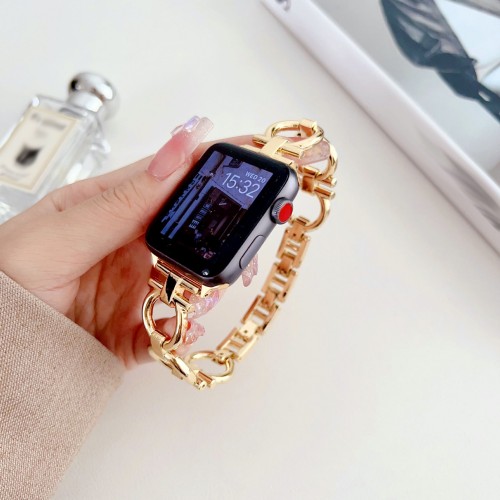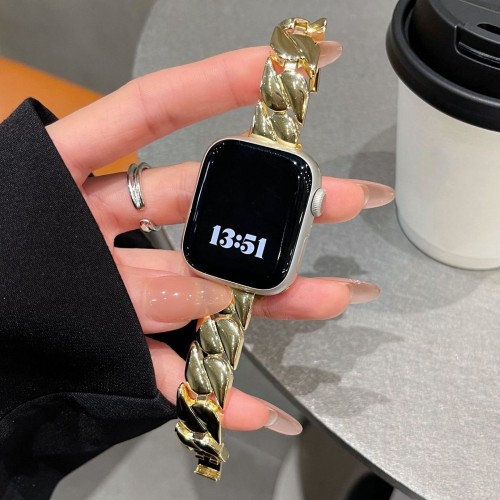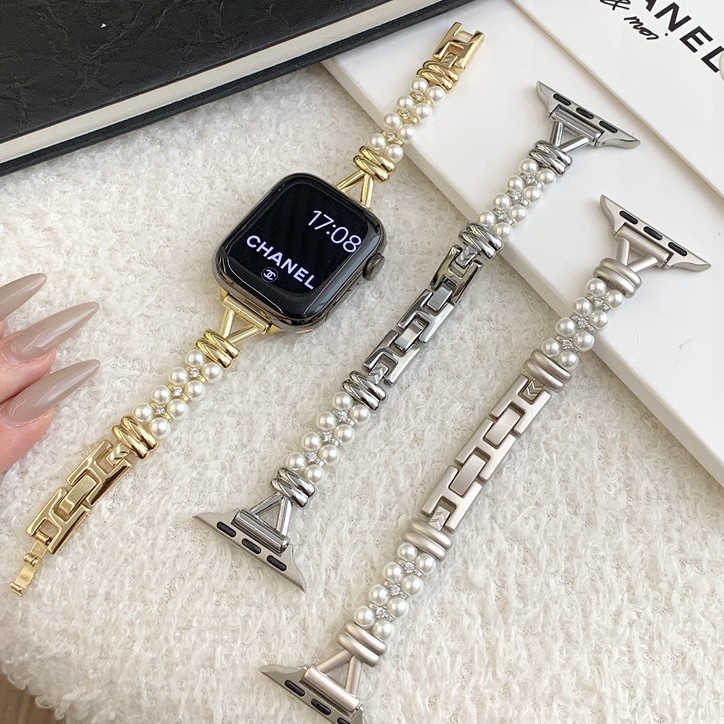How to Reduce Shipping and Tariff Costs in B2B Watch Strap Procurement
In the competitive watch strap industry, reducing logistics and import-related expenses is one of the fastest ways to improve margins for B2B buyers. Whether sourcing silicone, leather, nylon, stainless steel, or titanium bands, transportation and tariffs can account for a significant portion of total landed cost. Below, we explore proven strategies to minimize these expenses while keeping supply chains reliable.
1. Optimize Shipping Methods
Choosing the right shipping solution is crucial.
-
Air freight offers speed but is costly—best for urgent or small-volume orders.
-
Sea freight significantly lowers cost per unit and is suitable for bulk shipments.
-
Rail or multimodal transport may be optimal for land-linked regions such as Europe and Central Asia.
Working with forwarders who consolidate watch strap orders can also reduce per-unit freight cost.
2. Consider Regional Warehousing
For buyers serving multiple markets, establishing bonded or regional warehouses allows bulk import at favorable rates while enabling local distribution. This reduces repetitive customs clearance and shortens delivery lead time.
3. Leverage Trade Agreements
Import tariffs vary widely by country. Buyers should consult Free Trade Agreements (FTAs) or regional trade pacts that may lower or eliminate duties for watch straps. For example, certain categories of leather or silicone goods may qualify for reduced tariffs under specific HS codes.
4. Optimize Packaging and Volume
Redesigning packaging to reduce volume and weight can cut shipping costs by 10–20%. Flat-packed straps, lightweight materials, and optimized cartons allow more units per container.
5. Partner with Experienced Suppliers
A factory with international trade experience can pre-calculate landed costs, recommend HS codes, and arrange cost-efficient shipping. At Win-Win Watch Strap Factory, we assist B2B clients in minimizing logistics expenses through bulk consolidation and smart customs planning.
Conclusion
Reducing shipping and tariff costs is not only about logistics—it’s about strategic procurement. By optimizing shipping modes, leveraging trade agreements, and working with experienced suppliers, B2B buyers can significantly lower landed costs, making their watch strap business more competitive.




